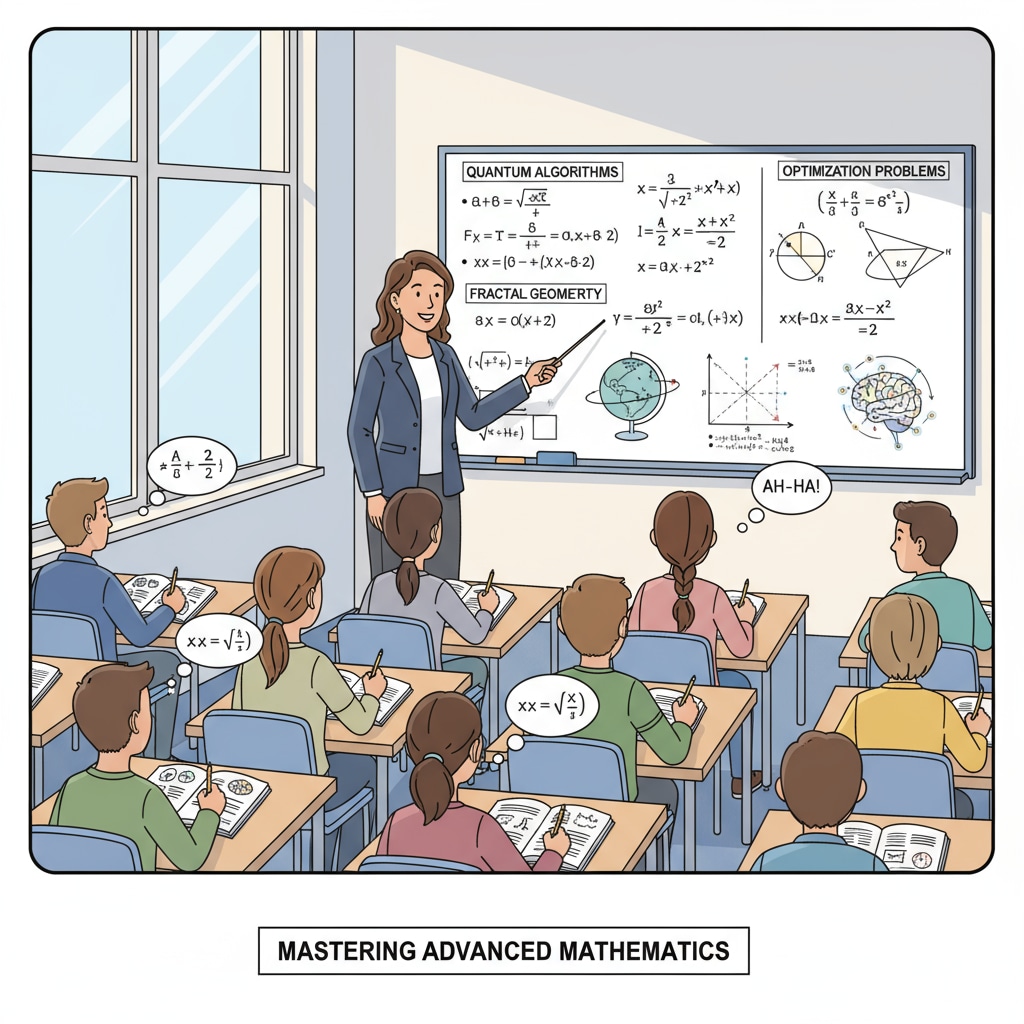Mathematics education, practical value, and advanced mathematics are topics that have sparked a lively debate in the field of education. Many question whether the math taught in schools, especially advanced concepts, truly translates into practical use in everyday life. This disconnect between what is learned in the classroom and real-world application has led to discussions about the effectiveness of current curricula.

The Divide Between Classroom Math and Real Life
One of the main issues is the significant gap between K12 mathematics education and real-life scenarios. For example, while students spend hours learning complex algebraic equations and geometric proofs, they may rarely encounter situations in their daily lives where these exact concepts are directly applicable. This raises concerns about the practicality of investing so much time in certain mathematical topics. According to Wikipedia’s page on Mathematics Education, the traditional approach often focuses on rote learning and theoretical knowledge rather than practical skills.
The Role of Basic and Advanced Math in Daily Life
Basic mathematics, such as arithmetic operations, is undeniably essential in everyday activities like shopping, budgeting, and cooking. However, the same cannot be said for advanced mathematics like trigonometry or calculus. These higher-level concepts are typically only used in specialized fields such as engineering, physics, and advanced finance. As a result, many wonder if teaching these advanced topics to all students is a misallocation of resources. Britannica’s entry on Mathematics provides insights into the different branches of math and their varying levels of practicality.

Another aspect to consider is the long-term retention of mathematical knowledge. Students may excel in exams during their school years but quickly forget complex mathematical concepts once they are no longer required. This further questions the effectiveness of teaching advanced mathematics without clear practical applications in the long run.
Readability guidance: The article uses short paragraphs to make the content more accessible. Lists are used when appropriate to summarize key points. The proportion of passive voice and long sentences is controlled, and transition words like “however”, “for example”, and “as a result” are scattered throughout to enhance readability.


